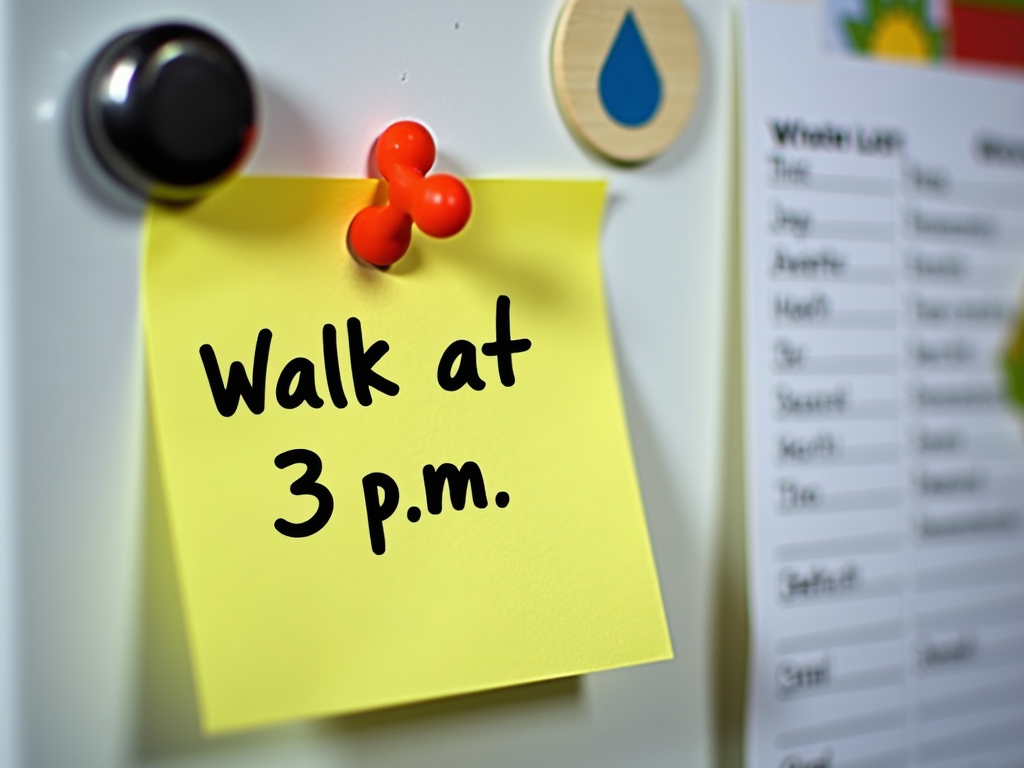Overview: Behavioral activation is a simple yet powerful way to boost your mood and tackle depression. It’s all about taking action—doing things that matter to you—to feel better, one step at a time.
I’ve had days where getting out of bed felt impossible. A while back, I was in a slump—tired, unmotivated, and stuck. A friend told me about behavioral activation. I wasn’t convinced, but I tried it anyway. I started with something small: a 10-minute walk around my block. That little step didn’t fix everything, but it shifted something inside me. I felt lighter, like I could breathe again.

What Is Behavioral Activation?
Behavioral activation is a method that uses action to change how you feel. When you’re depressed, it’s easy to pull away from life—skip plans, avoid hobbies, or just stay in bed. That withdrawal feeds the gloom. This approach flips the script: by doing positive things, even when you don’t feel like it, you can break that cycle and lift your spirits.
The idea comes from behavioral therapy. It’s not about forcing fake smiles or pretending everything’s fine. It’s about small, real steps that build momentum. Research backs this up—studies show it works as well as other big-name treatments for depression.

Why It Works
Our actions and emotions are connected. When I started those walks, I didn’t just move my body—I gave my mind a break from overthinking. Experts say this happens because activity can trigger feel-good chemicals like endorphins or shift your focus away from negative thoughts. It’s not magic; it’s science.
A study from the University of Chicago found that behavioral activation can be just as effective as medication for some people. That’s huge—it means you have real power to change your mood without always needing a prescription.
Activities to Try
Here are some ideas to get you started: - Walking: Even 15 minutes can clear your head. - Calling a friend: Connection fights loneliness. - Cooking: Making something tasty feels rewarding. - Gardening: Digging in the dirt can be surprisingly calming.

How to Build Your Plan
Starting is the hardest part, so keep it simple. Here’s a step-by-step guide: 1. Pick one thing: Choose an activity you like or used to enjoy. 2. Make it easy: Set a goal like ‘read for 10 minutes.’ 3. Plan it: Put it on your calendar. 4. Do it: Even if you’re not in the mood. 5. Check in: How did it feel? Adjust from there.
When I tried this, I wrote my goals on a sticky note: ‘Walk at 3 p.m.’ It felt silly at first, but seeing it there pushed me to follow through. After a week, I added ‘text a friend.’ Small wins stacked up, and I started feeling more like myself.

Tracking Your Progress
Keep it basic—jot down what you did and how you felt. Here’s a quick table I used:
| Activity | Time Spent | Mood Before (1-10) | Mood After (1-10) |
|---|---|---|---|
| Walk | 15 min | 4 | 6 |
| Call a friend | 10 min | 3 | 5 |
Seeing the numbers go up kept me going.
If writing’s not your thing, use your phone—there are apps for this. The National Institute of Mental Health has resources on tracking mood that can help too.

Overcoming the Tough Days
Some days, even small steps feel like climbing a mountain. I get it—I’ve been there. When that happens, cut your goal in half. Can’t walk for 10 minutes? Try 5. The point is to move, not to be perfect.
Therapists often pair this with other tools, like Overcoming Fears: A Guide to Exposure Therapy, if anxiety’s in the mix. But you can start solo. The key is consistency—little actions add up.

Beyond Depression
This isn’t just for depression. Behavioral Activation can ease stress or help you feel more in control during tough times. It’s part of why How Behavioral Therapy Improves Daily Life matters—it’s practical and adaptable.
A report from the American Psychological Association highlights how action-based strategies improve overall well-being. It’s not about fixing everything—it’s about building a life you want to live.

Final Thoughts
The Power of Behavioral Activation: Boosting Mood Through Action lies in its simplicity. You don’t need fancy tools—just a willingness to try. Start small, track what works, and watch your mood lift. It’s not a cure-all, but it’s a start—and that’s enough.
Discuss Here